Explore how 3D printing, robotics, and AI are paving the way for sustainable moon bases amid unique challenges.
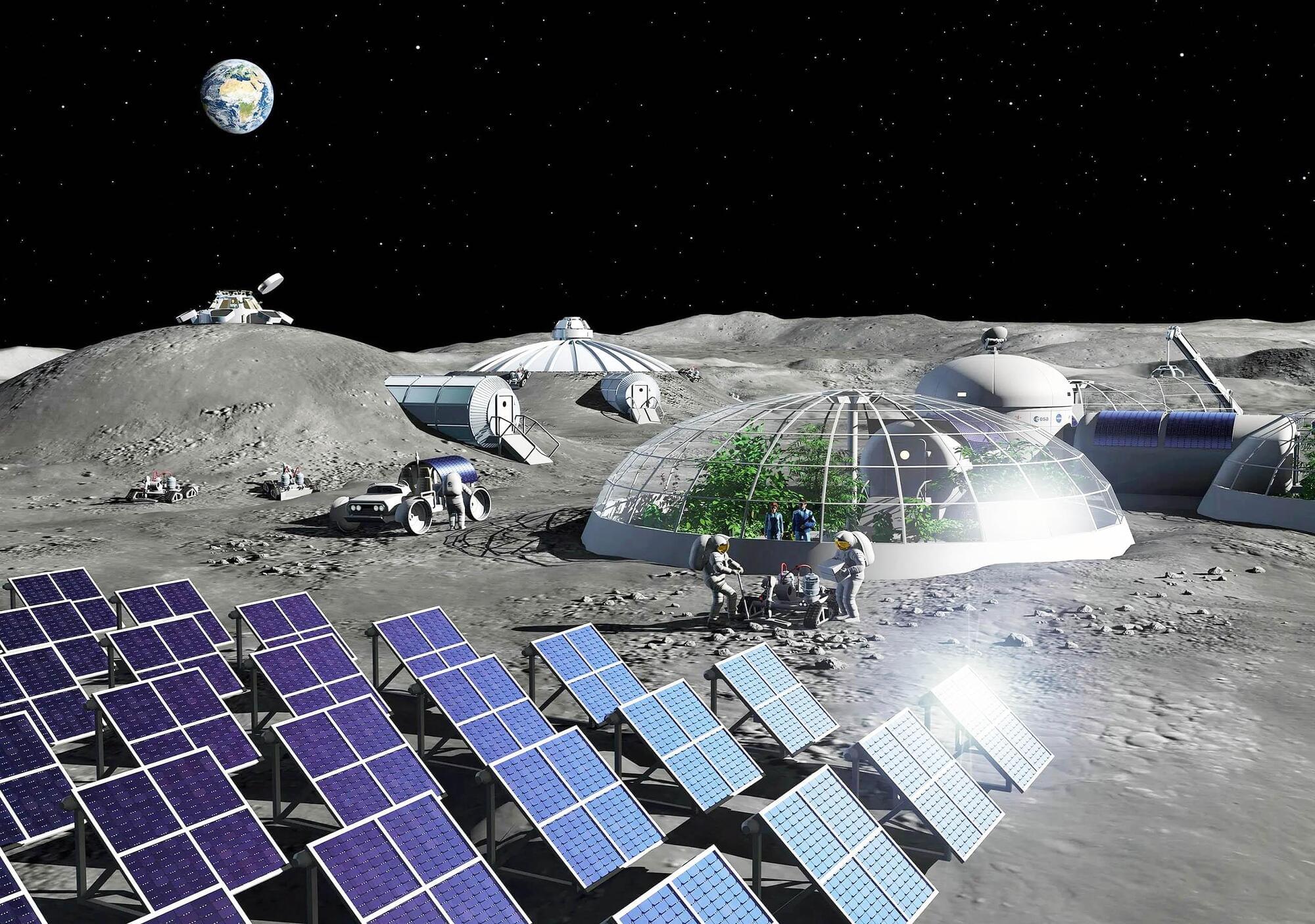

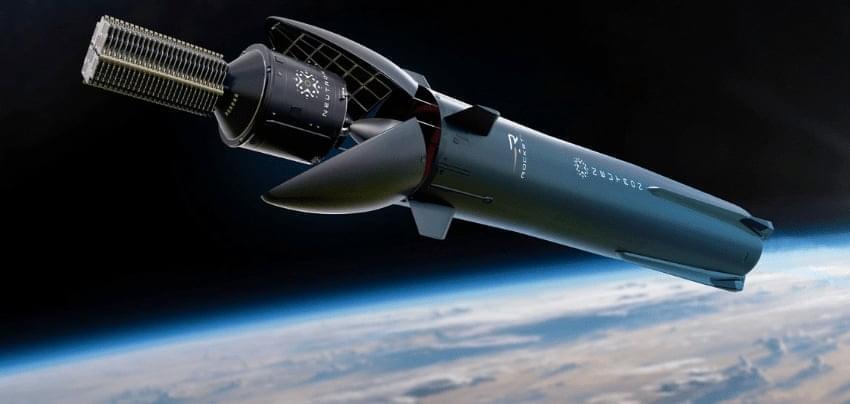
3D printing news News NASA and Rocket Lab Enter a New Era With the Neutron Rocket.
Published on January 27, 2025 by Madeleine P.
With the goal of further expanding its reach in space missions, NASA has signed an agreement with Rocket Lab USA, Inc. to integrate the Neutron rocket into the VADR program. This is a program to procure launch services at competitive prices and reduce mission requirements for spacecraft that have not yet been launched into orbit. Neutron is a medium-range launch vehicle manufactured by Rocket Lab USA that is partially reusable and powered by nine 3D-printed Archimedes engines designed to increase the efficiency and flexibility of space launches.
Caltech researchers have developed PAMs, a novel material that blends the properties of solids and liquids, making them highly adaptable for diverse applications.
These materials are inspired by chain mail but take structural complexity to new levels, thanks to advanced 3D printing.
Discovering a new type of material.
Researchers at the University of Maine have managed to 3D print an organic building material with the strength of steel.
The SM2ART Nfloor is printed as a single piece in about 30 hours, which is a third faster than building something comparable by hand according to TechXplore.
The nice thing about this set-up is that these panels can be printed in bulk off-site and get shipped to the construction area. Since there are already channels in the floor for electrical and plumbing, the only other thing that needs to be applied by hand is soundproofing and floor covering.
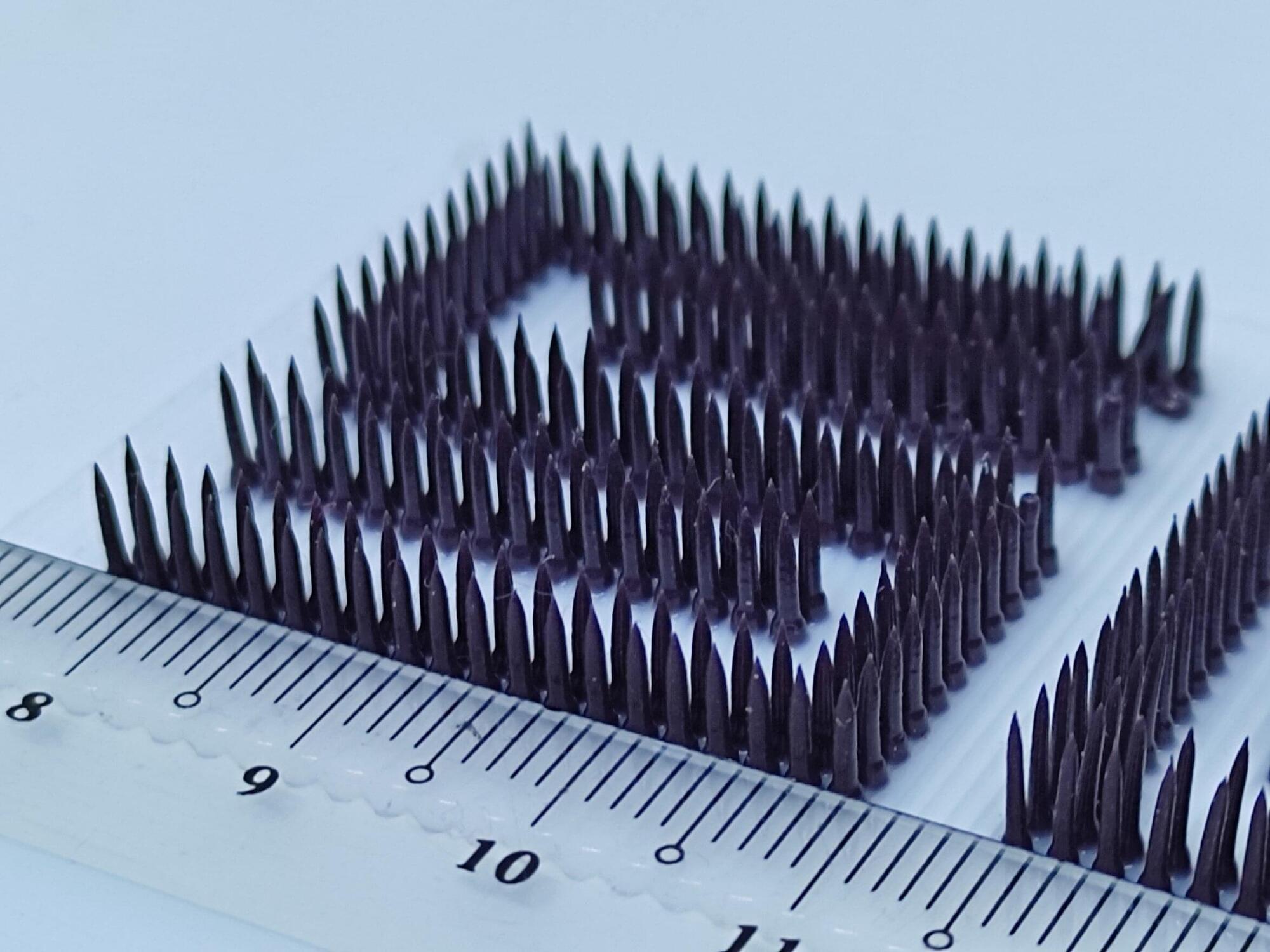
When 3D printing was first introduced in 1985, it marked a major turning point for the manufacturing industry. In addition to being cheaper than traditional manufacturing technologies, it also promised the ability to customize designs and make prototypes on demand. While its technology is still considered relatively new, there has been an accelerating demand for 3D printing methods across sectors in the past decade, ranging from aerospace and defense to medicine.
Yet, Associate Professor Pablo Valdivia y Alvarado from the Singapore University of Technology and Design (SUTD) believes that there are still ways to go before 3D printing can achieve its full potential. In traditional 3D printing, a nozzle is used to print the material layer by layer, and the path that the nozzle takes is known as the toolpath.
However, layer-by-layer printing is incompatible for use with materials like silicone, epoxies, and urethanes that are slow-curing and take more time to harden. These types of materials are often used to create soft mechanical metamaterials which, in turn, are used for lightweight, nature-inspired structures, such as lattices and web structures. Deposition-based processes in 3D printing, such as direct ink writing, would be able to work with these materials to create such structures, but these suffer from non-optimized toolpaths.
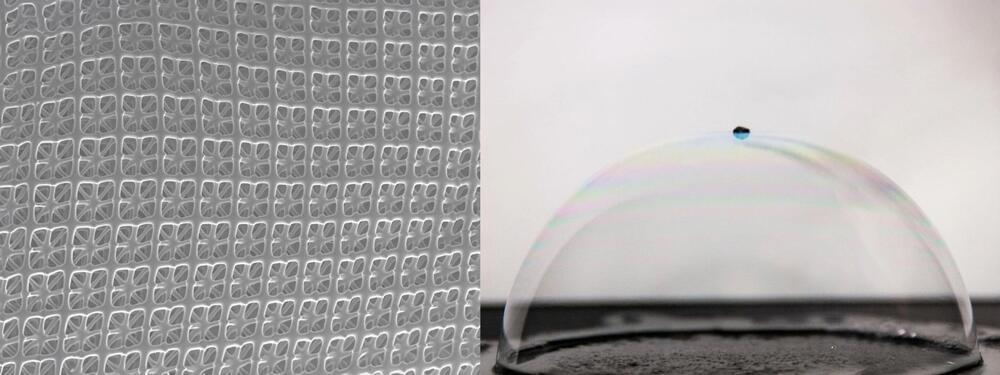
Researchers at the University of Toronto’s Faculty of Applied Science & Engineering have used machine learning to design nano-architected materials that have the strength of carbon steel but the lightness of Styrofoam.
In a new paper published in Advanced Materials, a team led by Professor Tobin Filleter describes how they made nanomaterials with properties that offer a conflicting combination of exceptional strength, light weight and customizability. The approach could benefit a wide range of industries, from automotive to aerospace.
“Nano-architected materials combine high performance shapes, like making a bridge out of triangles, at nanoscale sizes, which takes advantage of the ‘smaller is stronger’ effect, to achieve some of the highest strength-to-weight and stiffness-to-weight ratios, of any material,” says Peter Serles, the first author of the new paper.
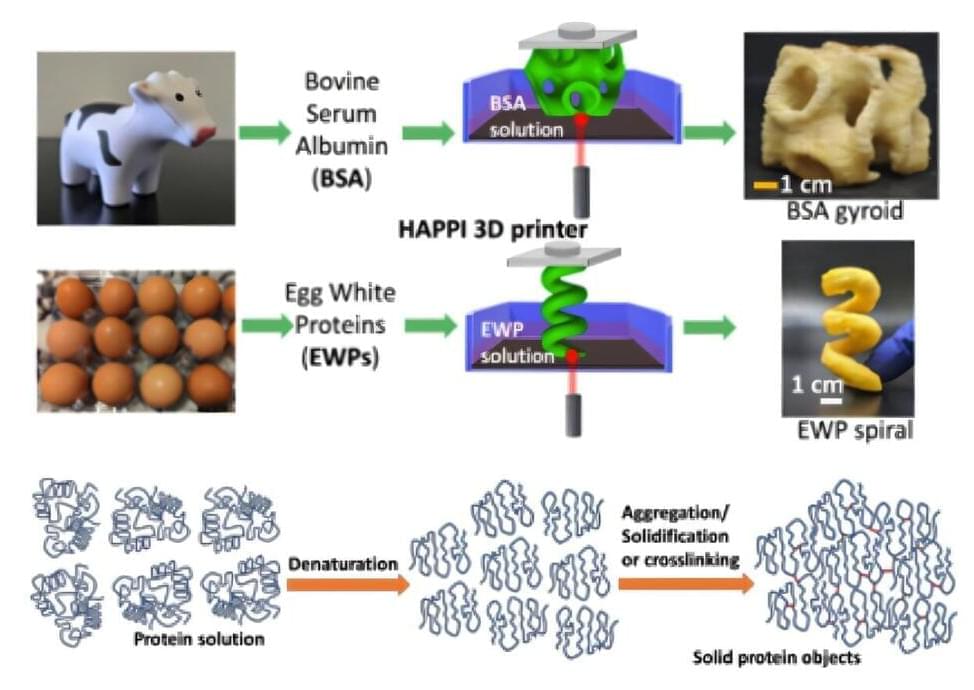
The vast majority of photoresins for 3D printing (also referred to as additive manufacturing or AM) and related technologies are toxic, non-biodegradable, and sourced from unsustainable feedstocks. Non-traditional approaches to 3D printing offer a way to break free of the traditional confines of unsustainable petroleum-based reagents and chemical methods that require toxic monomers.
A recent collaboration between the University of Wisconsin’s Prof. AJ Boydston (Department of Chemistry) and Prof. Audrey Girard (Department of Food Science) has accomplished the first demonstration of additive manufacturing via protein denaturation (AMPD).
The paper is published in the journal Green Chemistry.
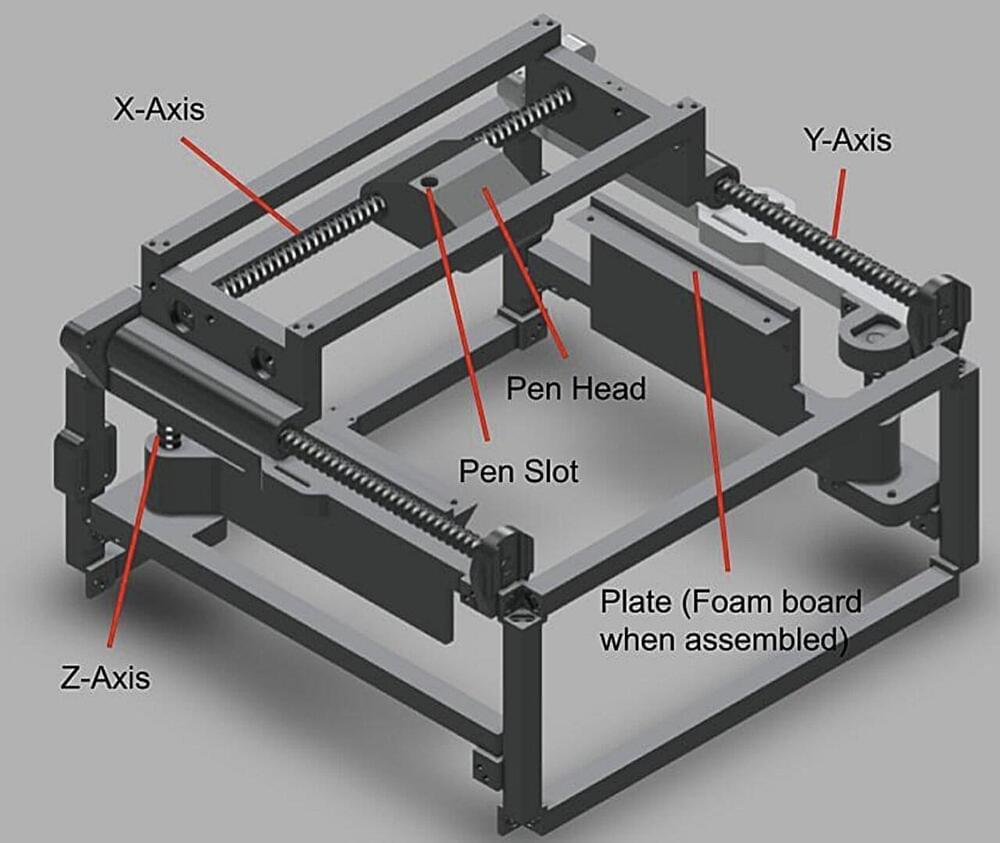
Recent advances in robotics and artificial intelligence (AI) are enabling the development of a wide range of systems with unique characteristics designed for varying real-world applications. These include robots that can engage in activities traditionally only completed by humans, such as sketching, painting and even hand-writing documents.
These robots could have interesting applications in both professional and creative contexts, as they could help to automate the creation of artistic renderings, legal papers, letters and other documents in real time. Most handwriting robotic systems to date have considerable limitations, such as high production costs (around $150) and a large size.
Two researchers affiliated with the global student non-profit organization App-In Club recently developed a new cost-effective robotic handwriting system that could be more affordable for individual consumers, schools, universities and small businesses. This system, introduced in a paper on the arXiv preprint server, integrates a Raspberry Pi Pico microcontroller and other components that can be produced via 3D printing.
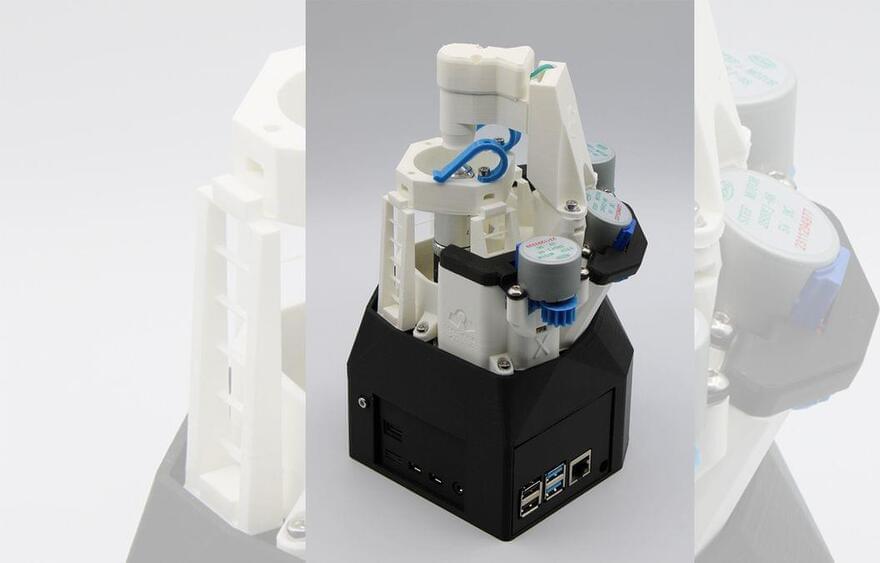
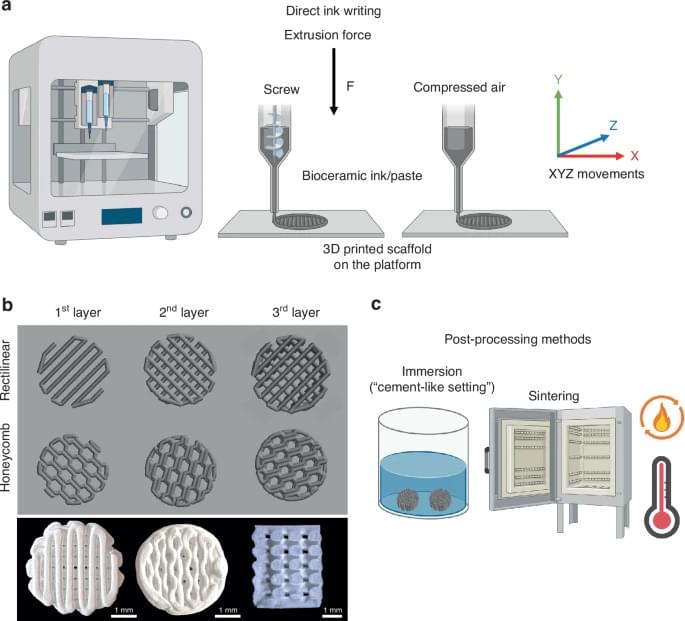
Researchers have unveiled a groundbreaking approach to facial bone reconstruction using 3D-printed ceramic materials that can be precisely customized to each patient’s needs. The comprehensive review, published in the International Journal of Oral Science, demonstrates how advanced manufacturing techniques are transforming the treatment of complex facial bone defects.
The traditional approach of harvesting bone from elsewhere in the patient’s body – long considered the gold standard – may soon give way to these sophisticated synthetic alternatives. These new materials not only eliminate the need for a second surgical site but can also be tailored to match the intricate anatomy of facial bones.
“3D printing enables the production of personalized grafts that perfectly fit the bone defect,” explains Marco C. Bottino, one of the study’s lead researchers. The technology allows surgeons to create exact replicas of the desired bone structure based on detailed medical imaging.